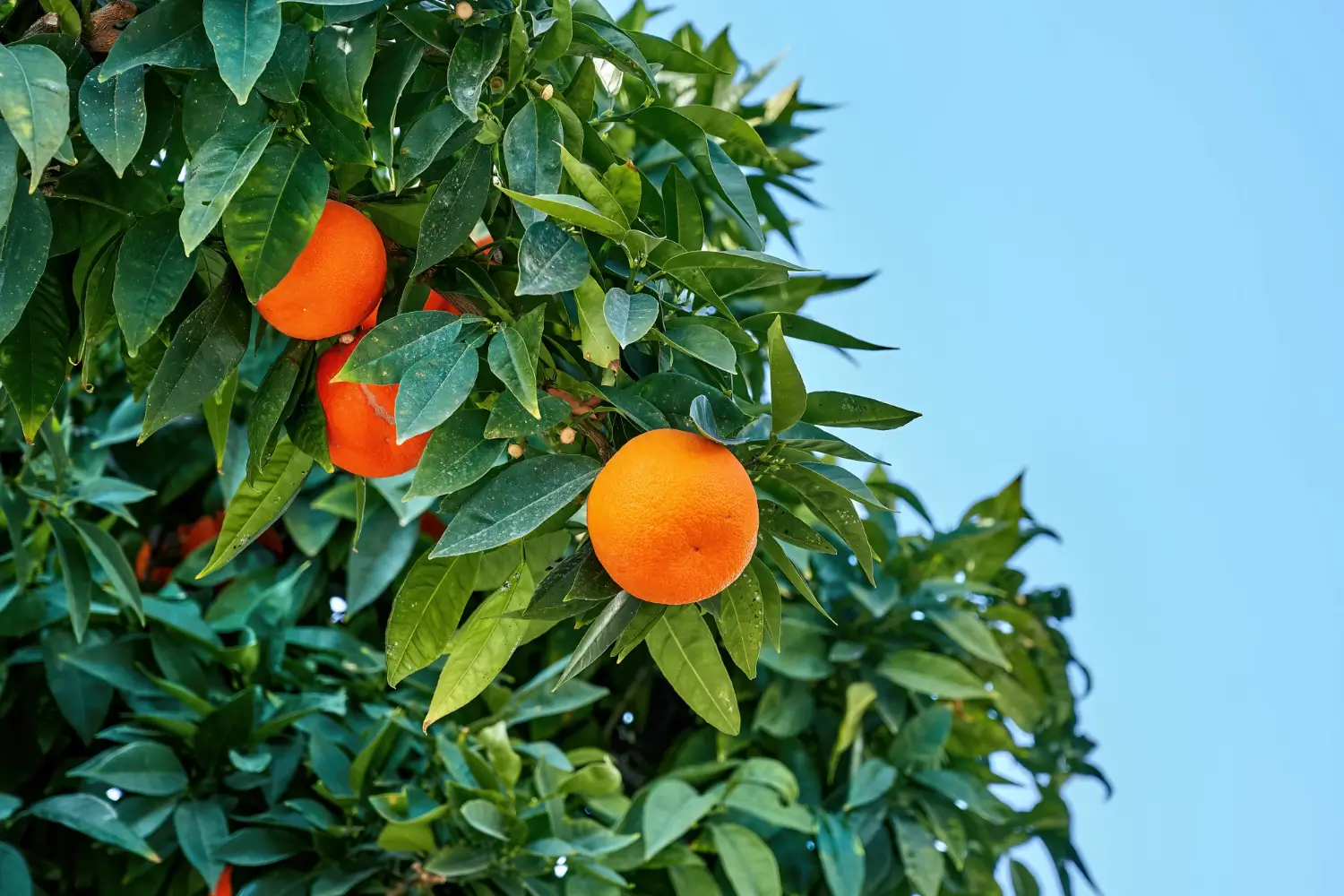
Soil Health & Fertilization
We unite suppliers and green industry professionals worldwide
Quick Fire Hydrangea is an early blooming, fiery-toned shrub that brings drama and color to the garden long before most hydrangeas even think about flowering. It comes into bloom as early as late spring, and sets landscapes aglow with frothy white flowers
By Mariam Scott
|Published on June 18, 2025


“Why wait for summer to peak when your hydrangeas can start the show early?”
Enter the Quick Fire Hydrangea —an early blooming, fiery-toned shrub that brings drama and color to the garden long before most hydrangeas even think about flowering. While many hydrangea types delay until mid or late summer, Quick Fire comes into bloom as early as late spring, and sets landscapes aglow with frothy white flowers that gradually develop a deep pink hue as the season continues.
Bred by renowned plantsman Tim Wood, this cultivar of Hydrangea paniculata is celebrated for its reliability, cold hardiness, and fast transformation. It doesn’t require the delicate care of bigleaf hydrangeas and isn't fussy about soil pH, meaning you won’t be trying to adjust the bloom color with soil amendments. Instead, you get a consistent and stunning color change that mimics a slow-burning flame—from white to rose to rich red.
Whether planted as a hedge, border, or centerpiece, Quick Fire Hydrangea is a guaranteed crowd-pleaser that not only prolongs the hydrangea season, but imparts a lovely warmth to your garden even before summer reaches its peak.
| Common Name | Quick Fire Hydrangea |
| Botanical Name | Hydrangea paniculata 'Bulk' |
| Type | Deciduous flowering shrub |
| Height/Spread | 6–8 feet tall and wide |
| Sunlight | Full sun to part shade |
| Soil | Moist, well-draining soil |
| Watering | Regular; increased in heat |
| Bloom Time | Late spring to fall |
| Hardiness Zones | USDA 3–8 |

September 25, 2025
9 minute read
September 24, 2025
9 minute read
September 23, 2025
10 minute read
September 22, 2025
9 minute read


Join as a seller and connect with thousands of B2B buyers nationwide!
Sign Up
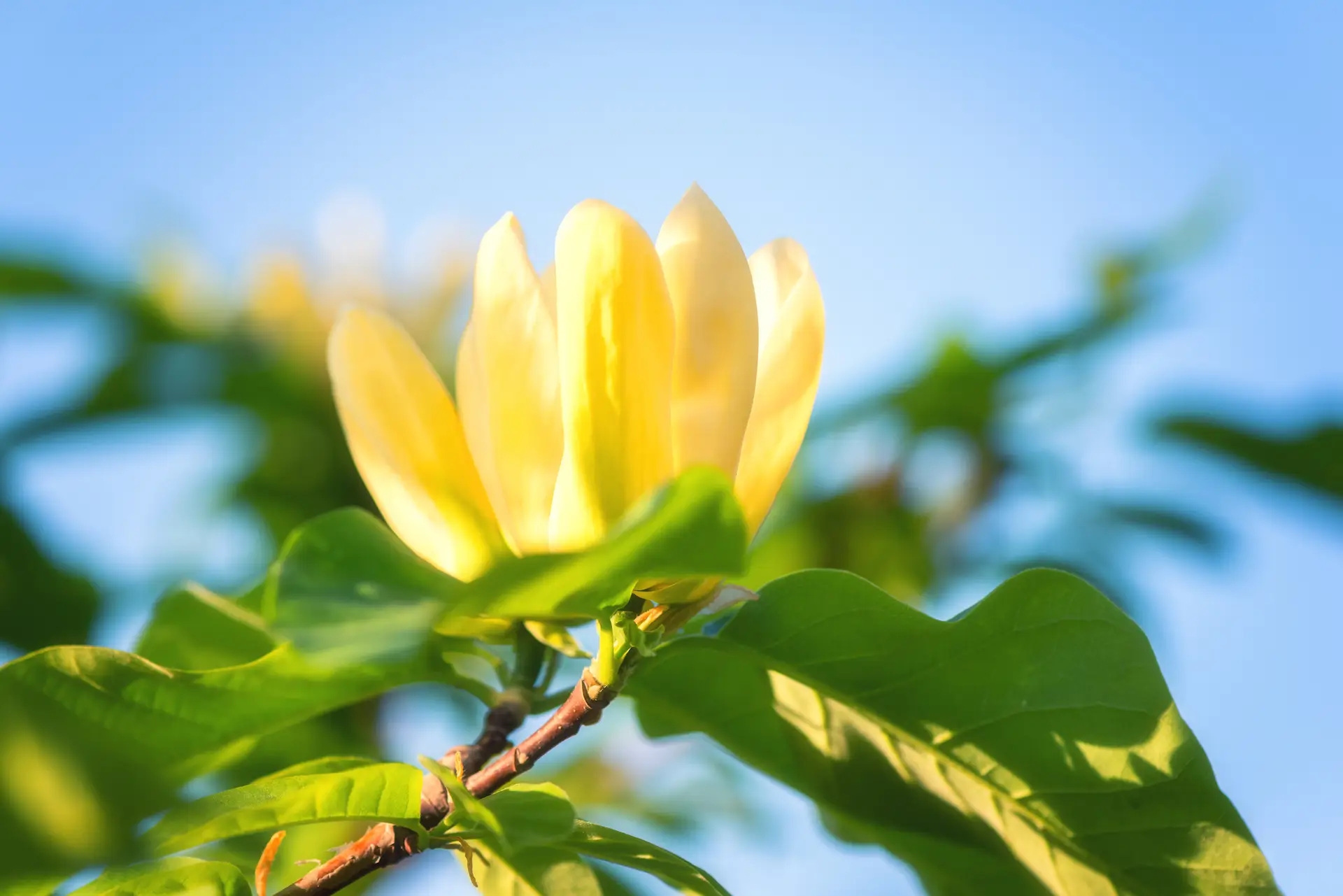
Yellow Bird Magnolia
A Golden Springtime Showstopper With Grace and Strength
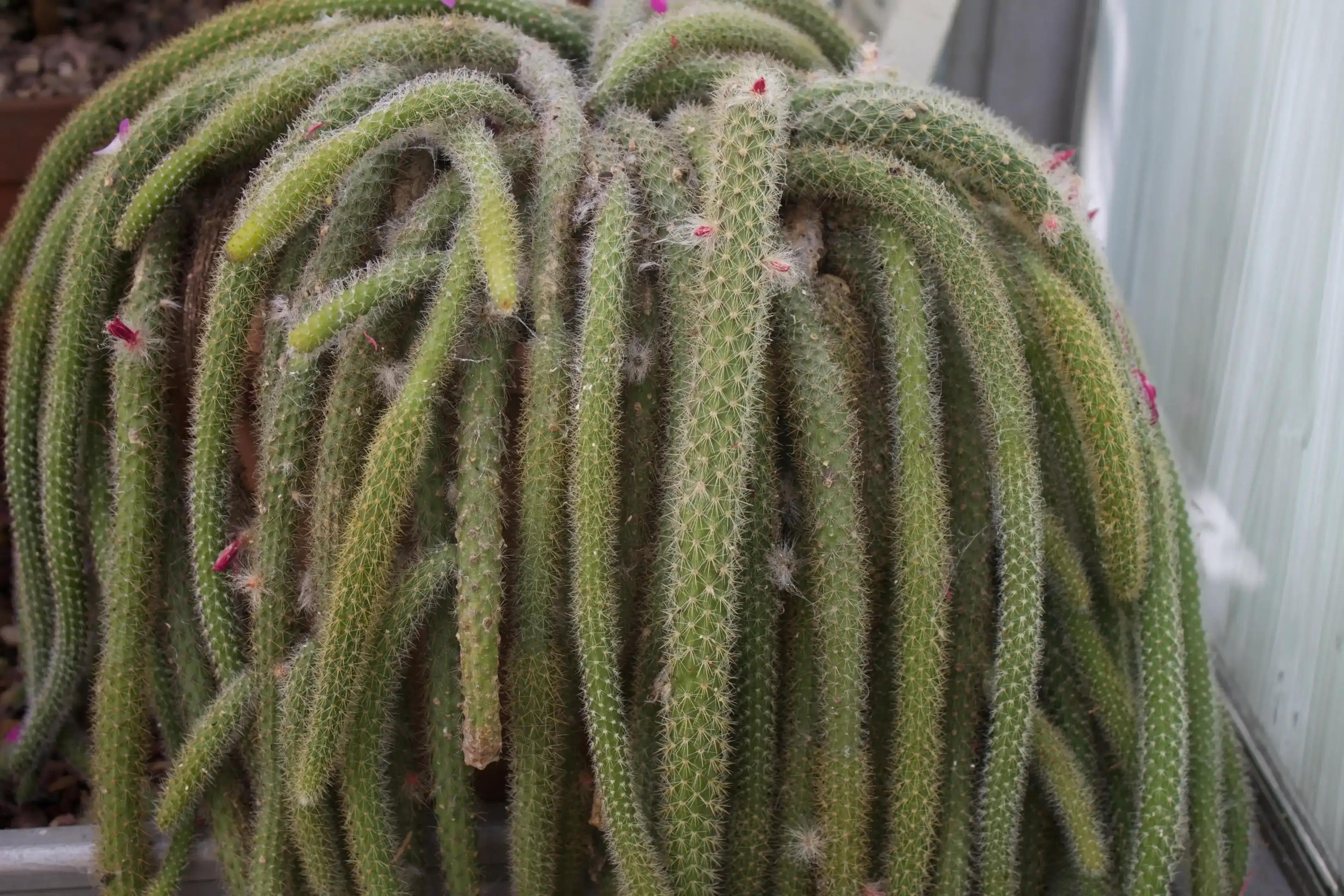
Rat Tail Cactus
This desert-native succulent needs to be in everyone’s garden; with its long, trailing stems covered in soft spines, and its show-stopping magenta blooms. It's not your typical cactus—it climbs, cascades, and blooms profusely when happy.
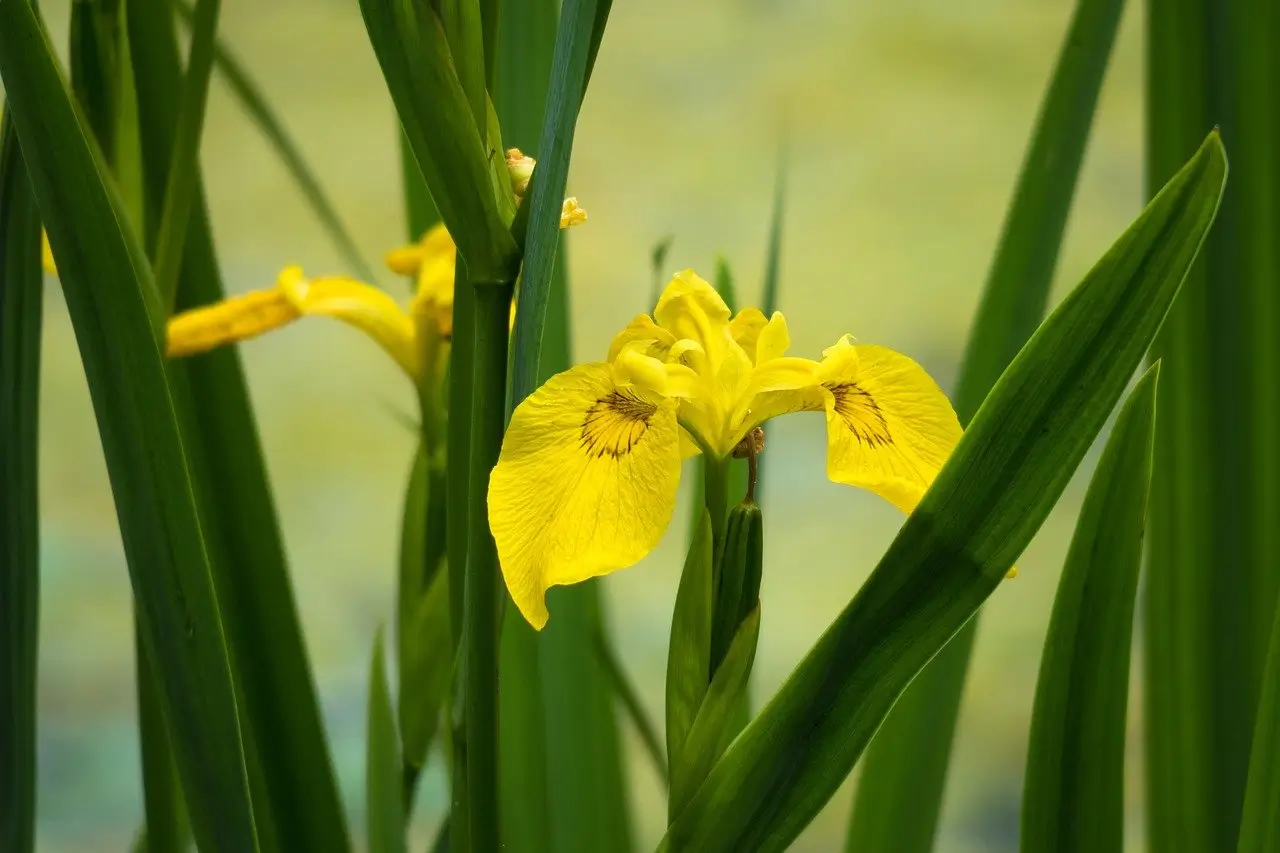
Yellow Iris
A Hardy Garden Classic That Shines Like Sunshine
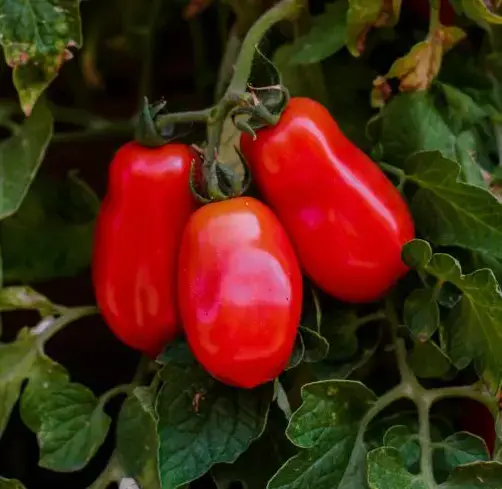
San Marzano Tomato
San Marzano tomatoes are a source of national pride. But you don’t have to be in Italy to enjoy them. San Marzanos are grown by gardeners worldwide at home for their deliciousness and high yields — especially those who love canning or making homemade sauc
Novice gardeners can do well with this plant being sure that Quick Fire Hydrangea is relatively easy to care for. This hardy shrub requires little care, grows well in full sun or partial shade, and tolerates a range of soils. What makes it unique is its early bloom time, flowering as much as a month earlier than other panicle hydrangeas. With only occasional pruning, routine watering, and good light, it rewards your houseplant-loving self with blooms that change color throughout the growing season.
It does best in full sun to partial shade. To produce the best blooms and colors, try to give them 6 hours of sunlight each day at minimum. In hotter climates, providing it with a little afternoon shade will help prevent leaf scorch and will prolong the life of its blooms.
While Quick Fire Hydrangea is not picky about soil, it likes moist, well-draining soil enriched with organic matter. Unlike some other hydrangeas, its flower color does not change with soil pH, simplifying soil preparation greatly. Aim for a slightly acidic to neutral pH, and avoid compacted or poorly drained spots.
Water this hydrangea deeply and consistently, especially in its first year as it establishes. Once established, it is somewhat drought tolerant, but in hot spells or dry weeks it benefits from 1–1.5 inches of water weekly. Water always at the base to prevent moisture-related leaf issues and root rot.
Prune Quick Fire Hydrangea in late winter or early spring, before new growth begins. It blooms on new wood, so annual pruning shapes the shrub and promotes more vigorous flower production. Remove dead or weak stems and cut back branches by about one-third to control size and encourage bushier growth.
Deadheading isn't necessary for performance but can improve the plant's appearance throughout the season.. For growing as a hedge, an even pruning style will create a cleaner, more formal feel.
Propagate best by softwood cuttings taken in mid to late spring or early summer when the plant is in active growth.
Once rooted, gradually acclimate the young plant to outdoor conditions before transplanting it into the garden.
Despite its size, Quick Fire Hydrangea can be grown in pots if you take care.
In colder climates, Quick Fire Hydrangeas in pots can be overwintered in sheltered locations.
Quick Fire Hydrangea is winter-hardy in USDA zones 3–8, although newly planted or container-grown specimens need protection.
Minimal pruning should be done in fall—save the shaping for early spring to maximize blooming.
Quick Fire is a standout for its early and extended bloom period, often starting in late spring and continuing through early fall. Flowers open a crisp white, then gradually darken to blush pink and eventually full rose red as the season progresses. This shift makes an eye-catching multi-tone trick on the plant, particularly when early and later blooms overlap.
Regular watering and sun exposure guarantee the best color display. While deadheading isn't necessary for reblooming, it helps the plant maintain a tidy appearance.
Quick Fire Hydrangea is mainly trouble-free but may occasionally face the following:
Quick Fire Hydrangea is a garden favorite for a reason: who doesn't love its stunning color change, extra-early bloom time and low-maintenance nature? Whether in borders, in foundation plantings, or in oversized pots, this fiery bloomer adds beauty and excitement to any landscape — long before other hydrangeas even begin to wake up.
It usually starts flowering in late spring, about a month earlier than most panicle hydrangeas do.
No. Unlike bigleaf hydrangeas, the flowers of Quick Fire do not change color with pH. They develop from white to pink and finally to red.
It reaches 6–8 feet tall and wide but can be pruned to a more compact size.
Yes! Its early blooms attract bees and butterflies, adding ecological value to your landscape.

Soil Health & Fertilization
Victor Miller
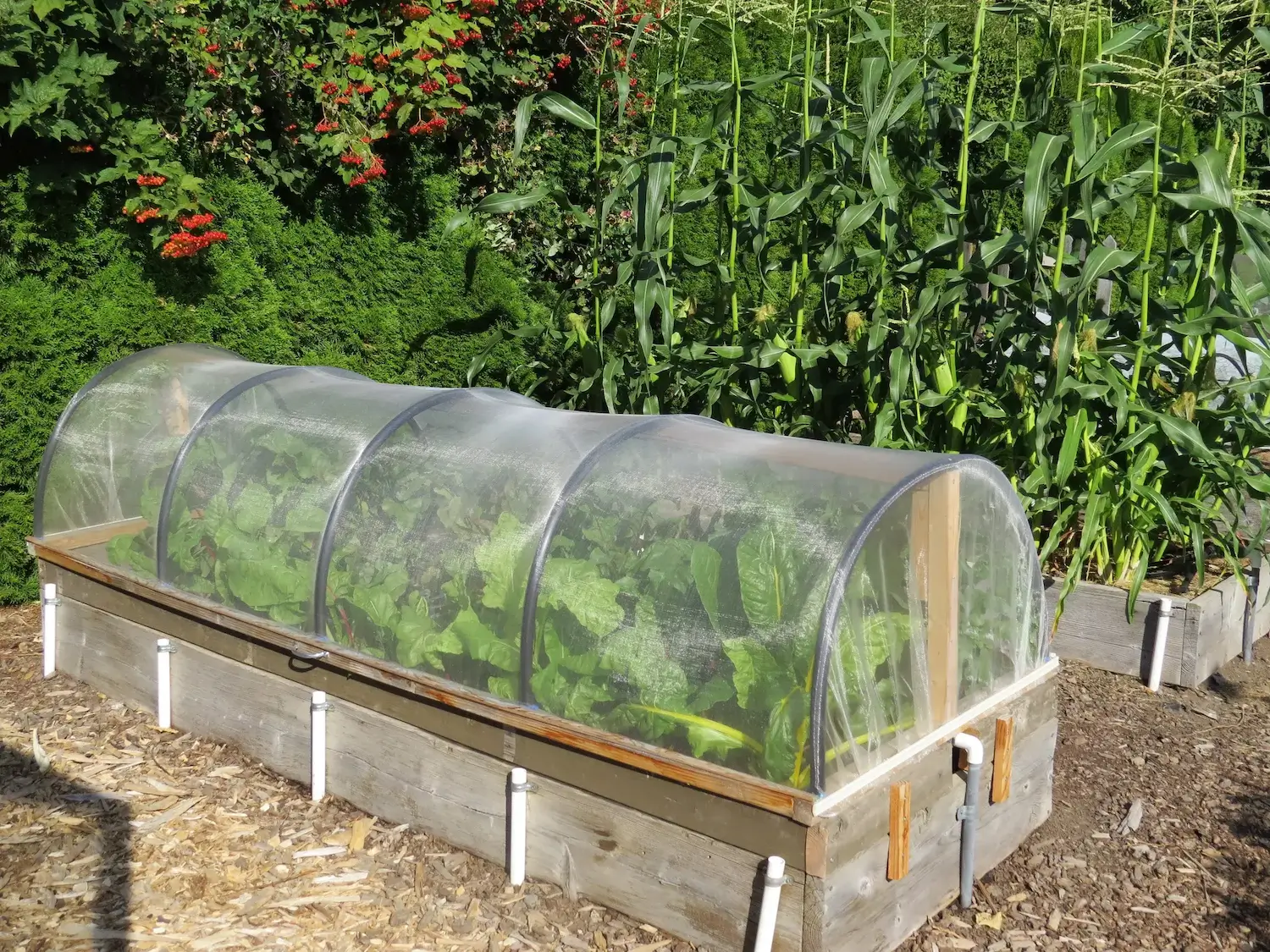
Pest Identification & Prevention
Victor Miller
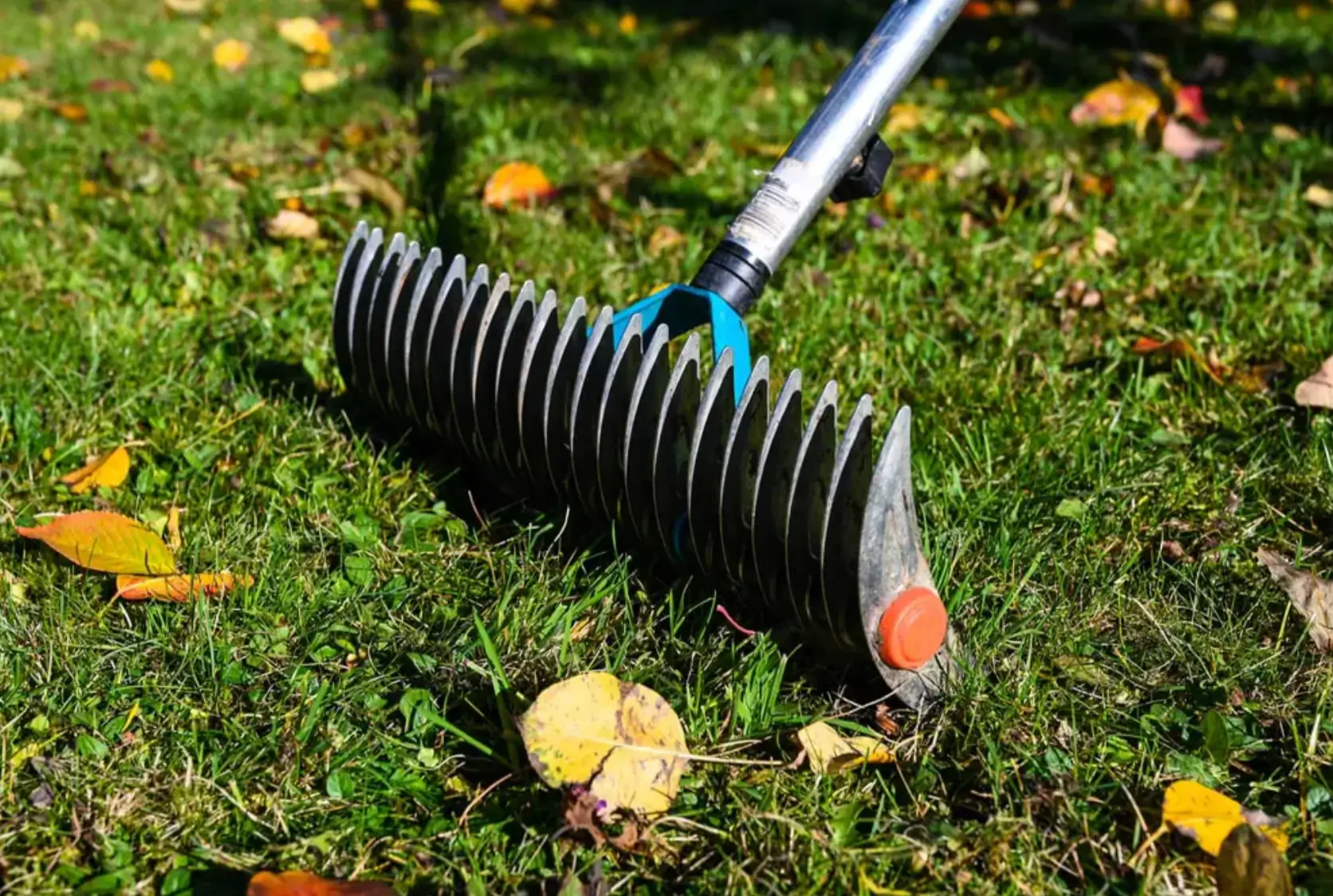
Lawn Care Tips & Maintenance
Victor Miller
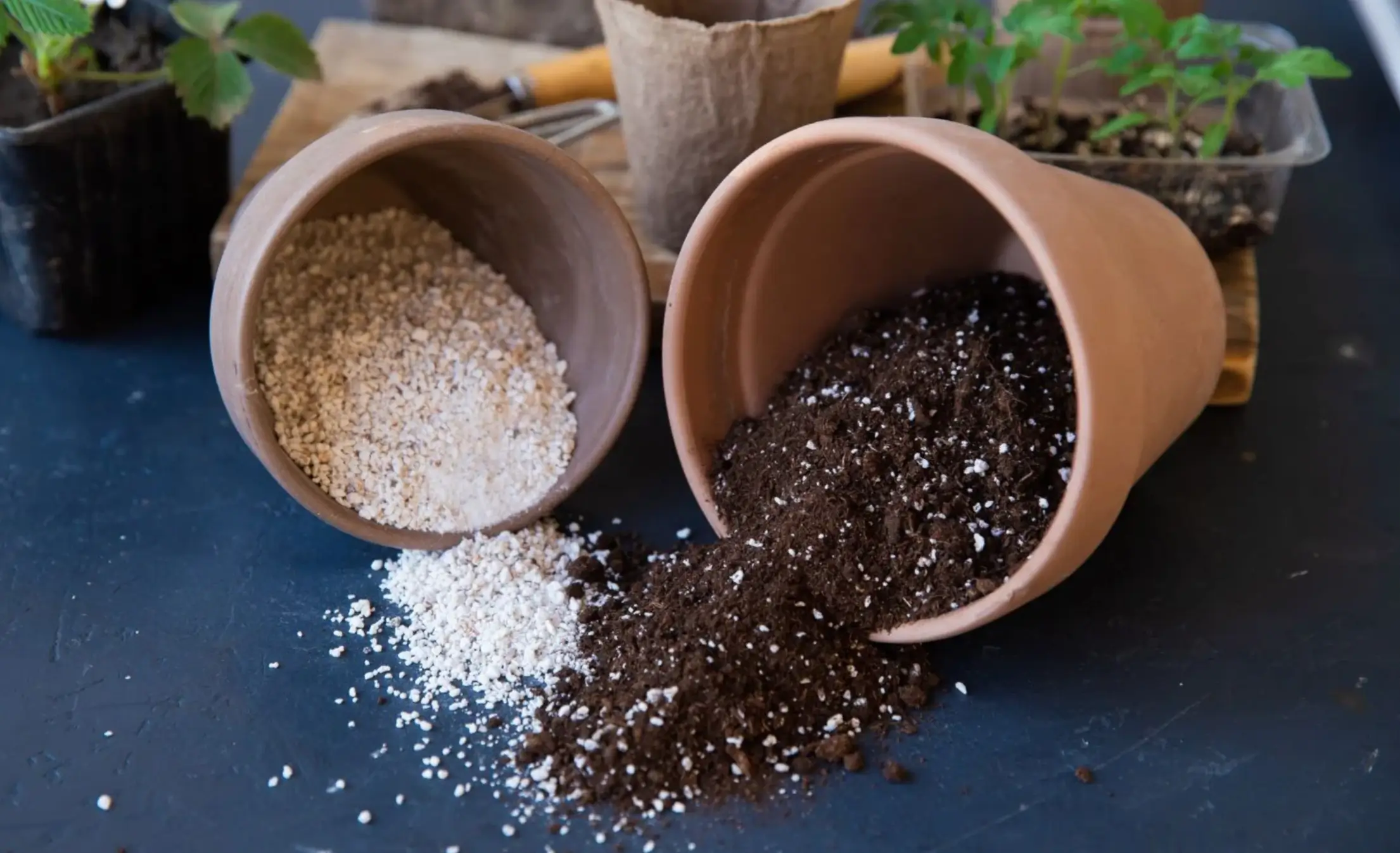
Soil Health & Fertilization
Victor Miller
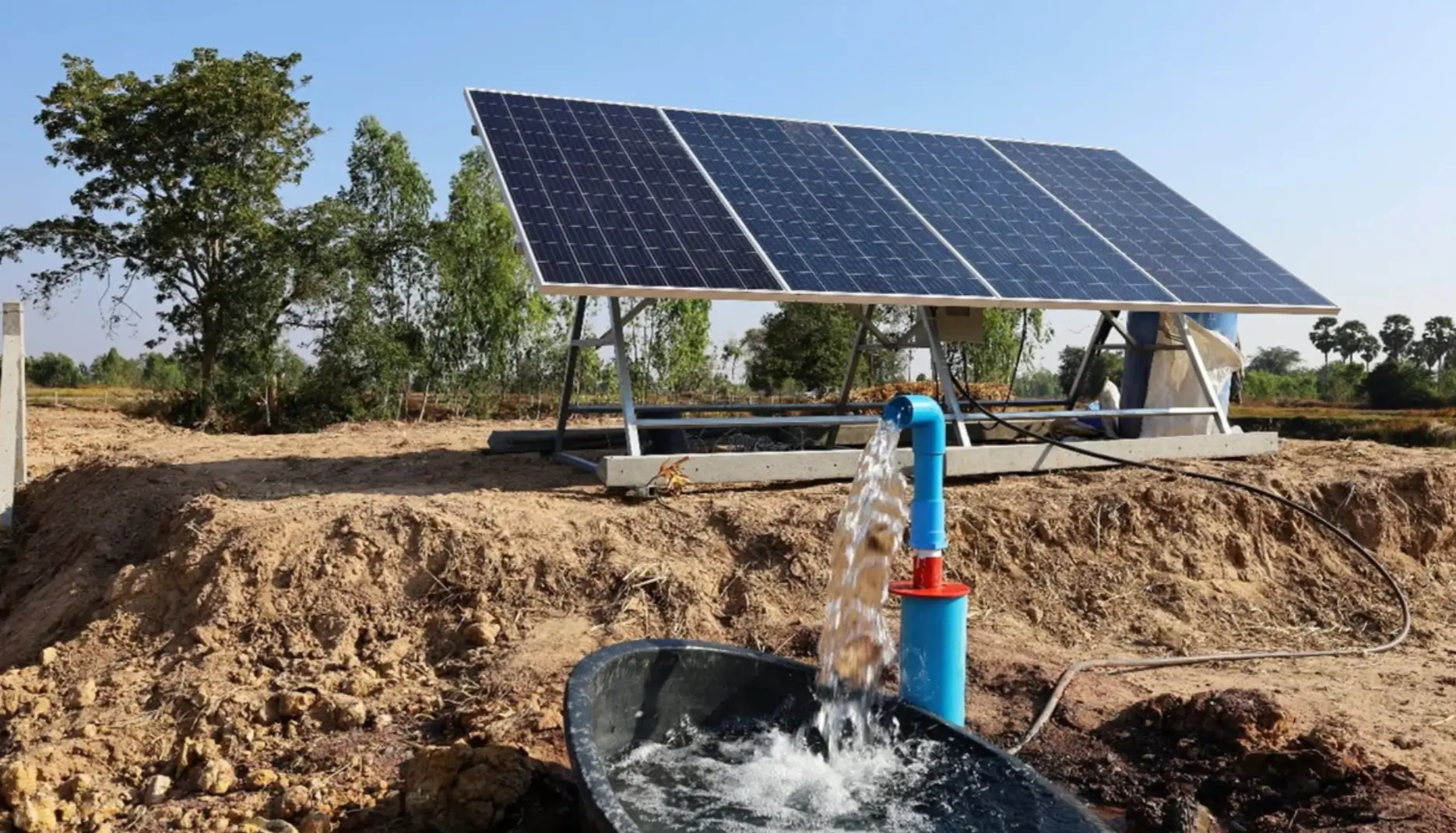
Smart Irrigation Systems
Victor Miller
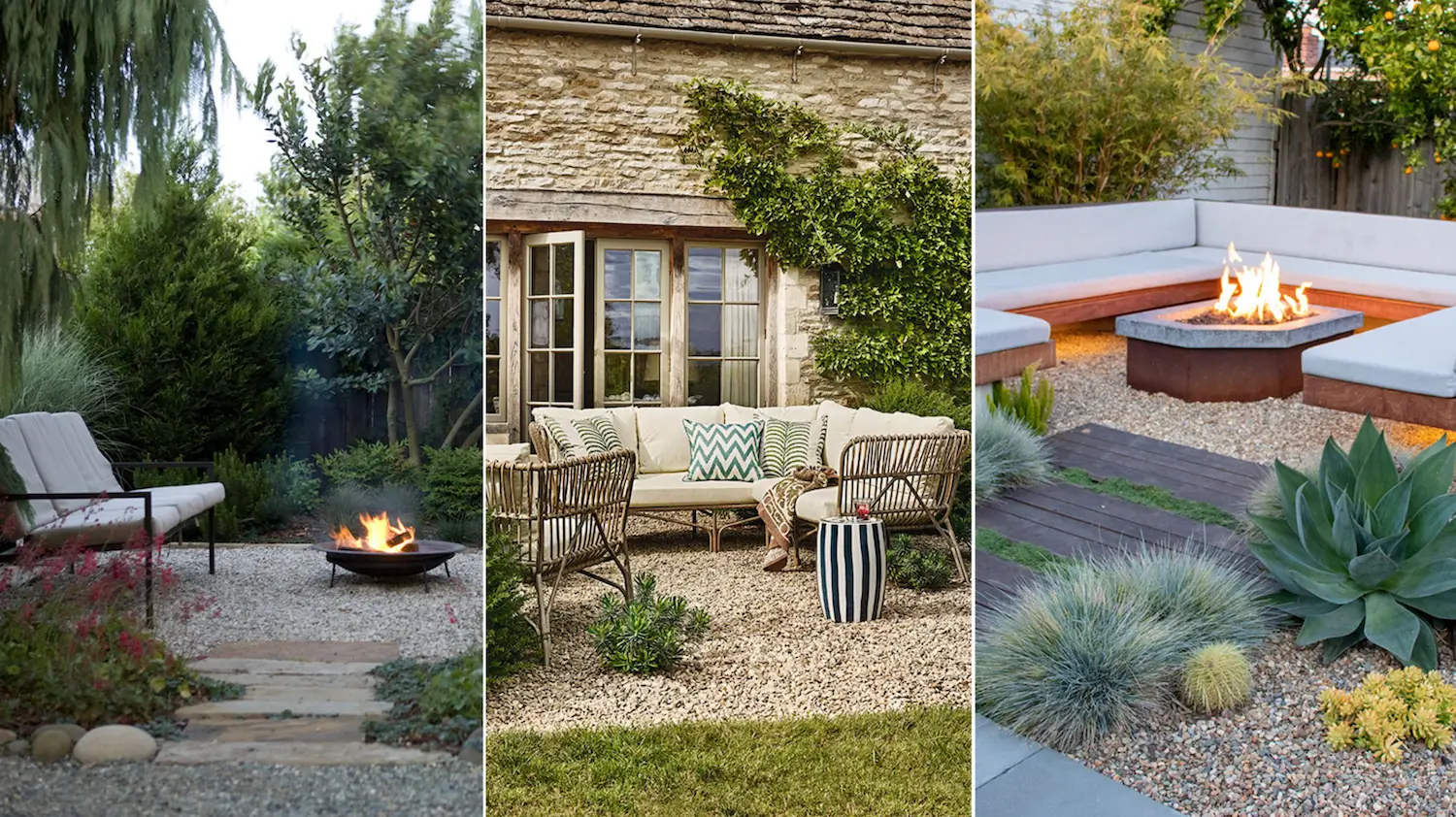
Patios, Walkways & Driveways
Victor Miller
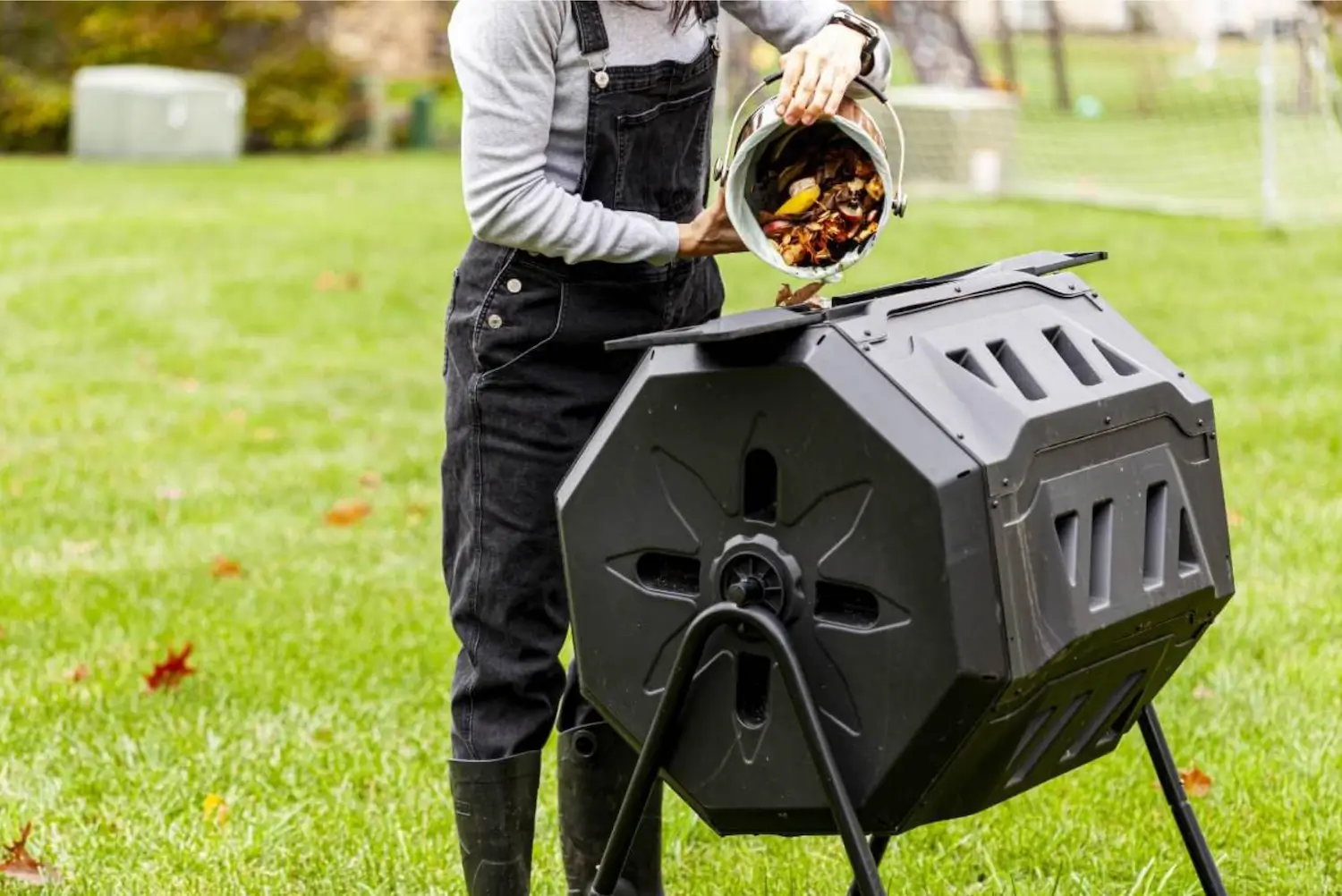
Soil Health & Fertilization
Victor Miller
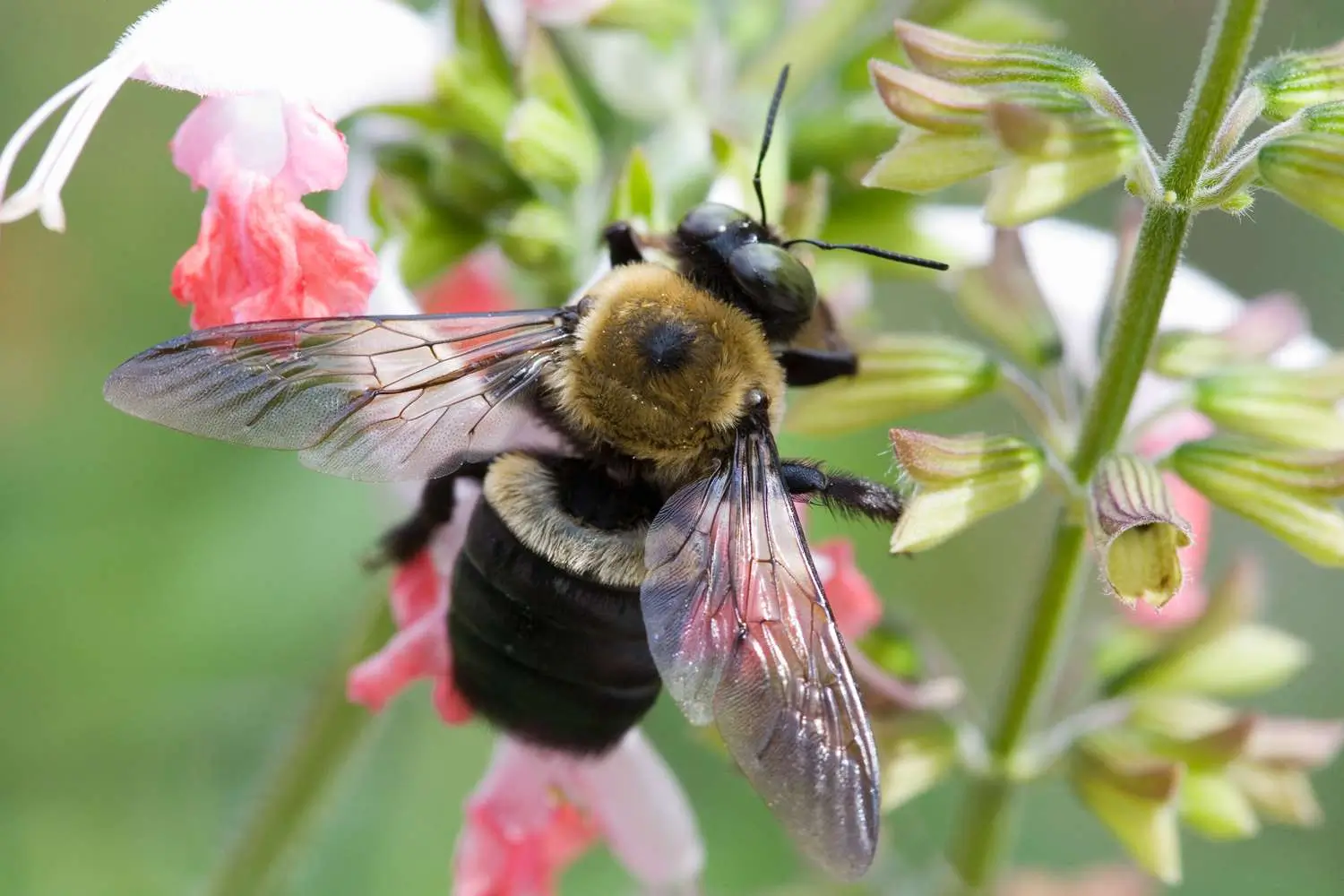
Pest Identification & Prevention
Victor Miller
My Account
Our team is always here to help.
We are open Monday - Friday, 9:00 AM to 4:30 PM PST.